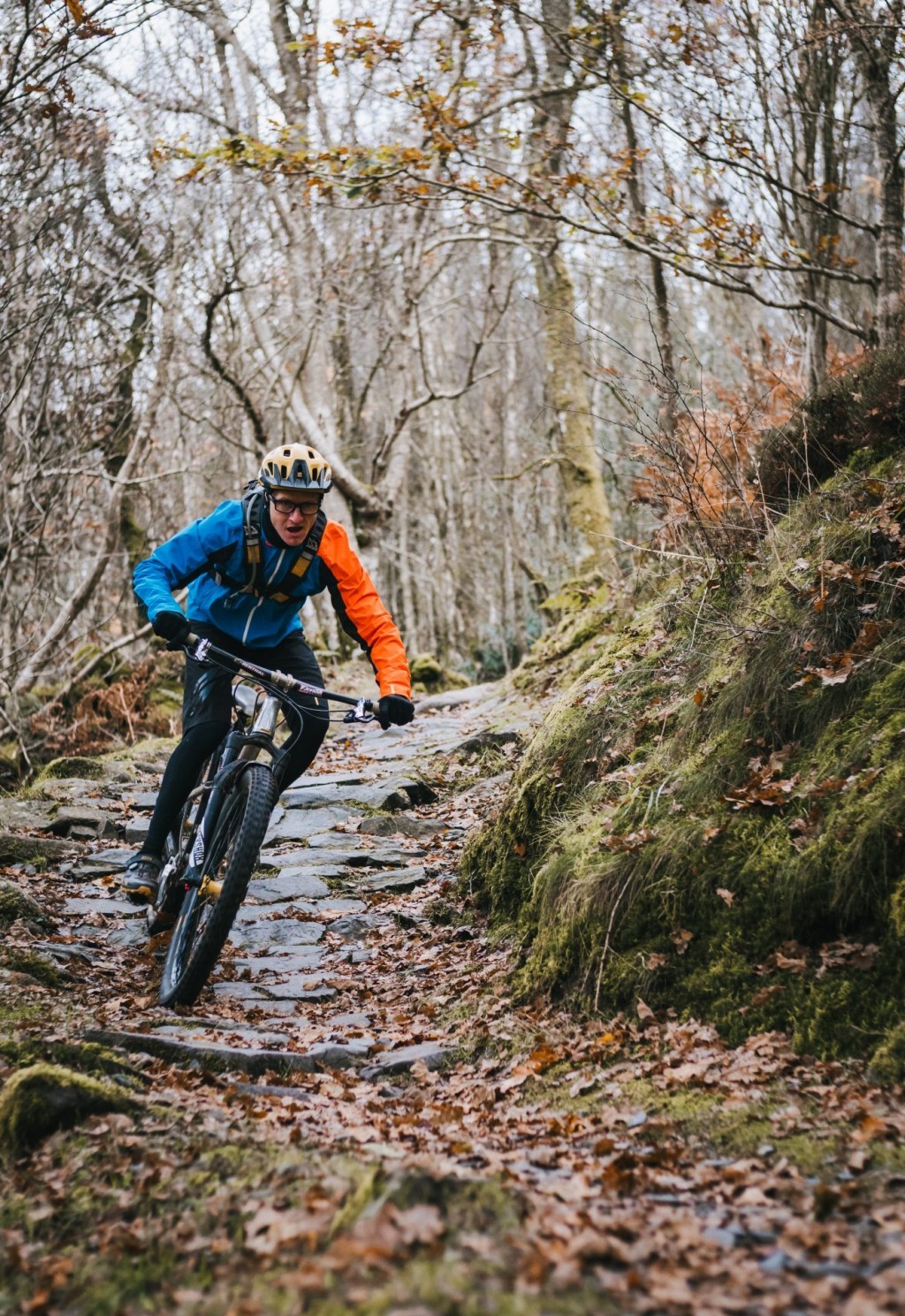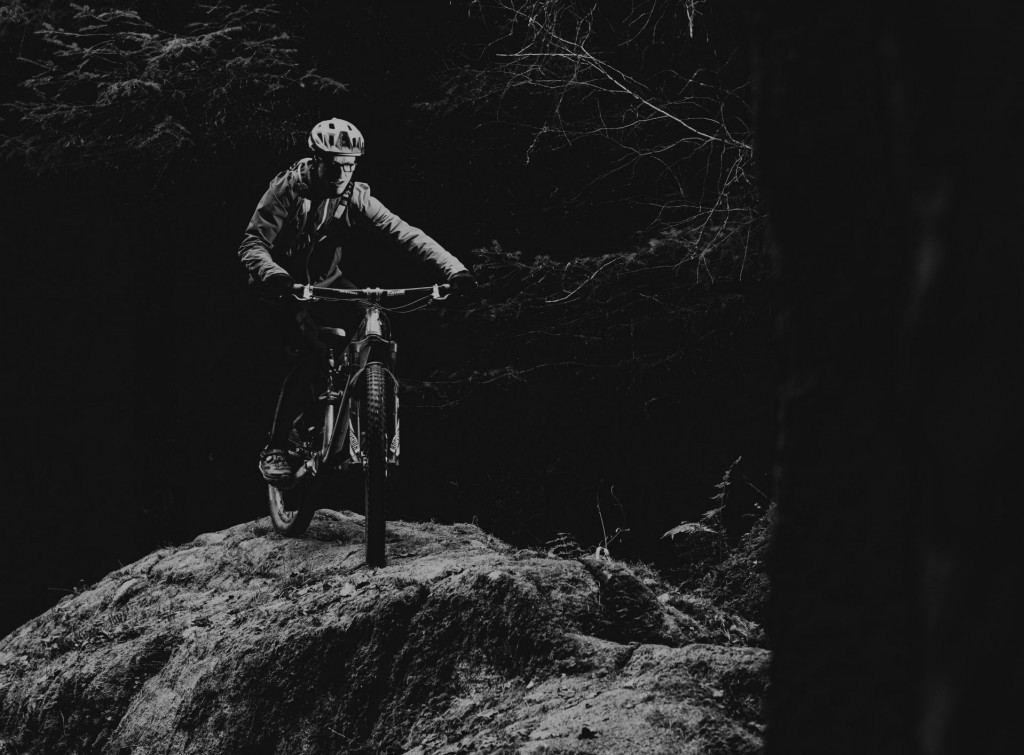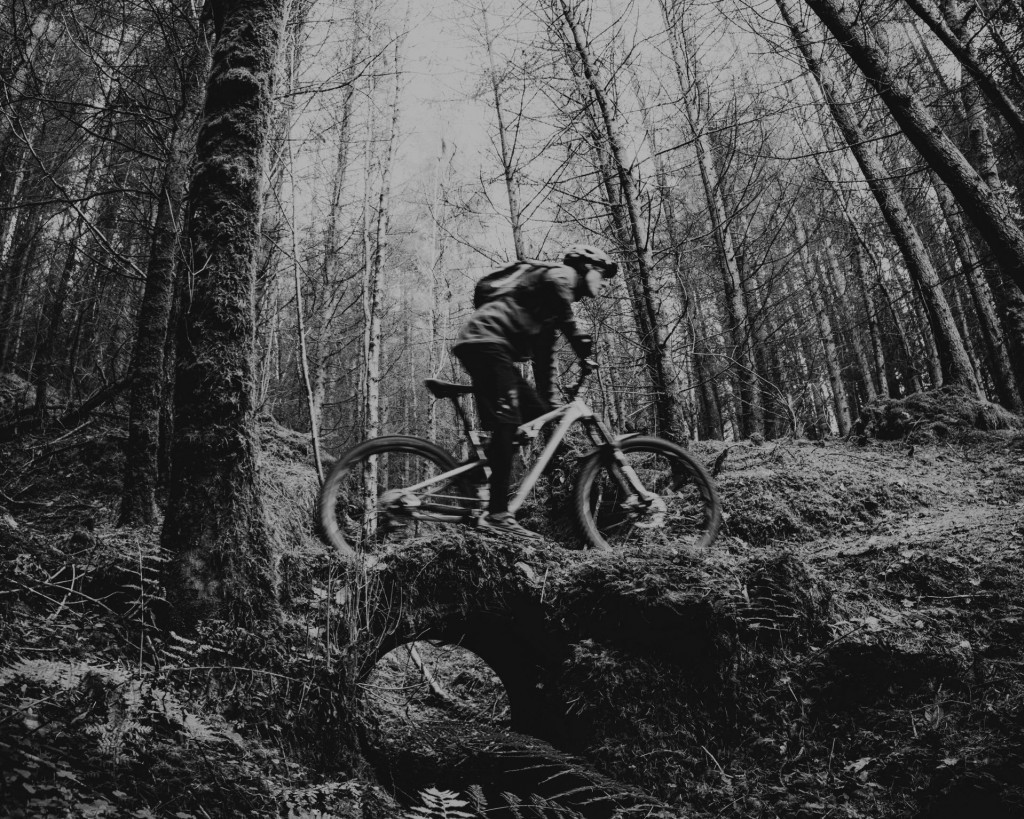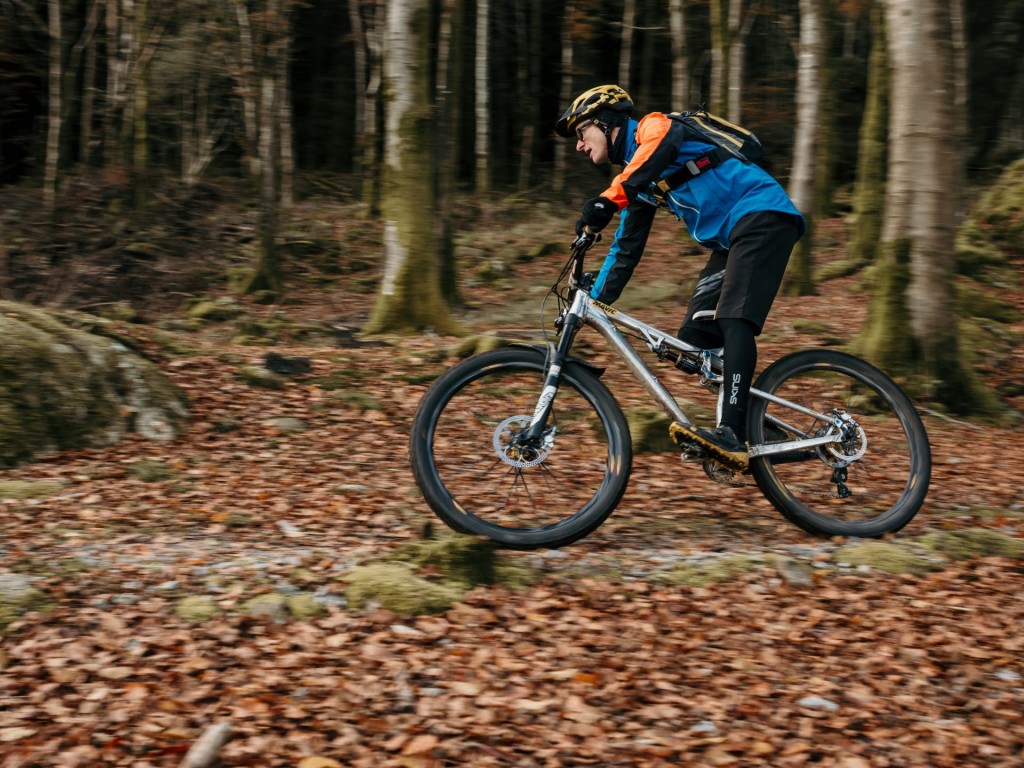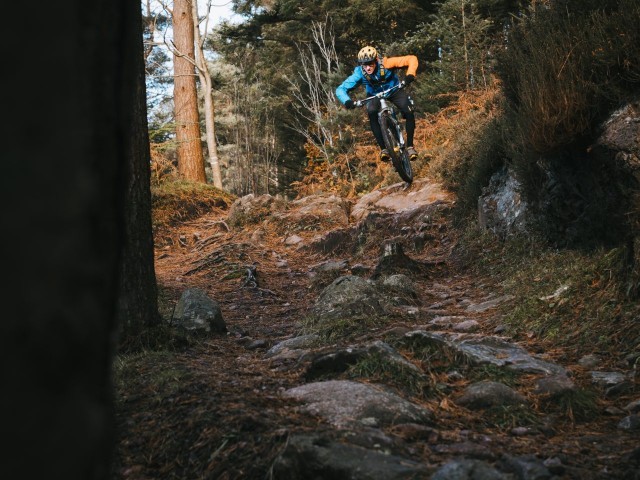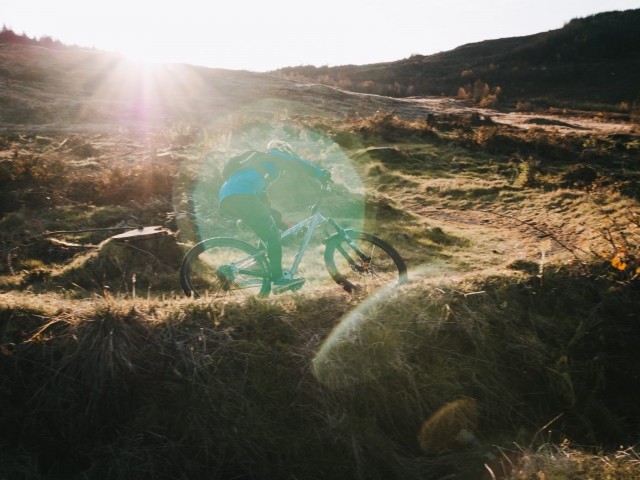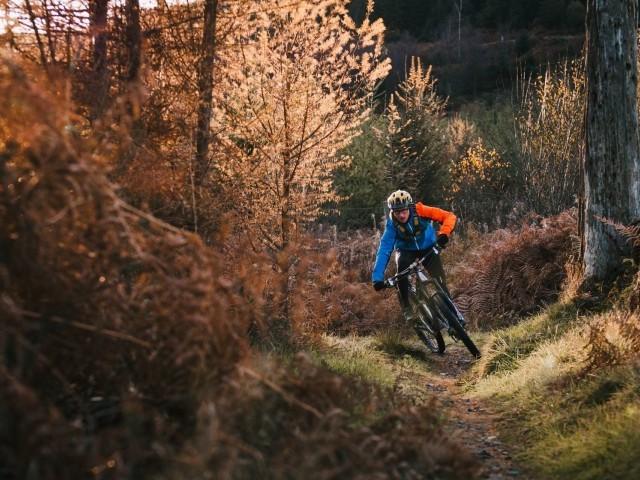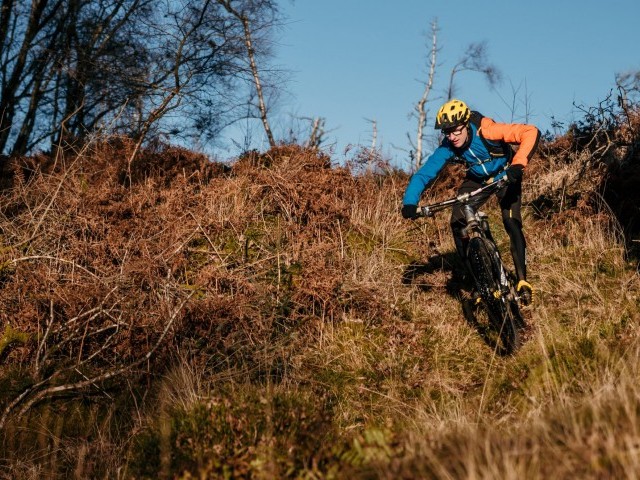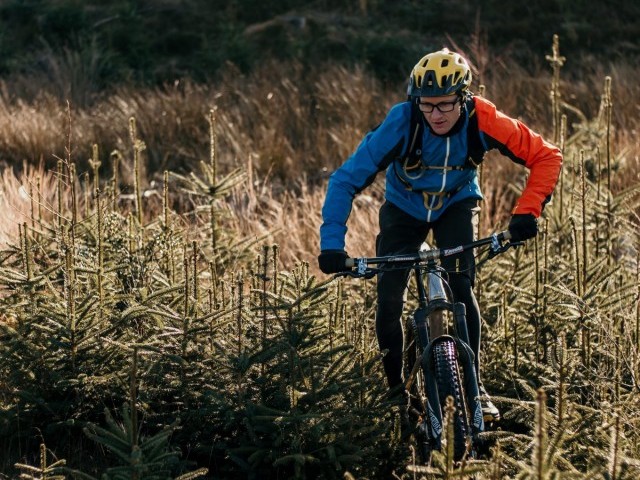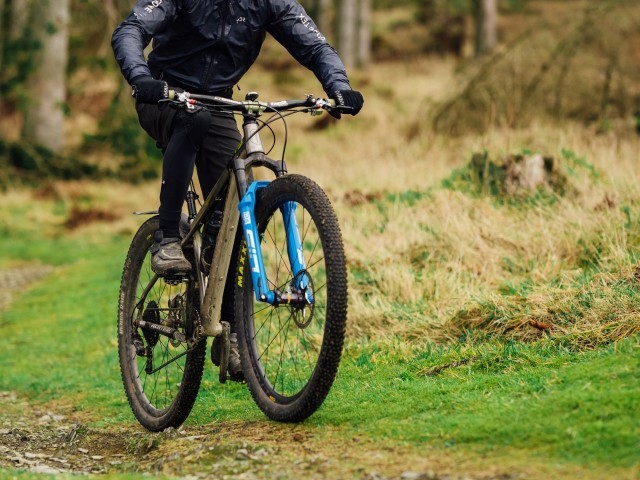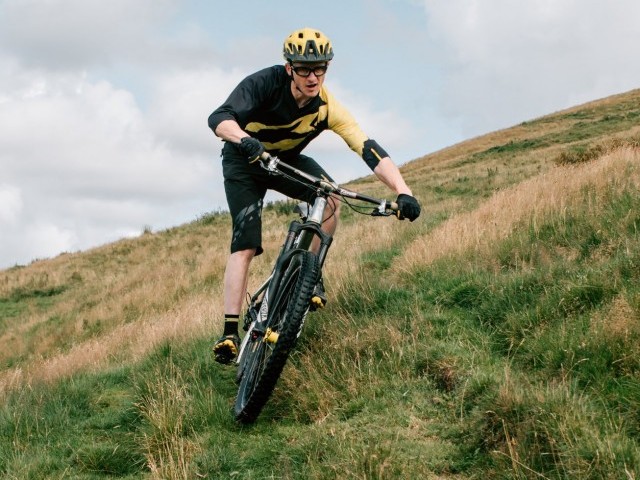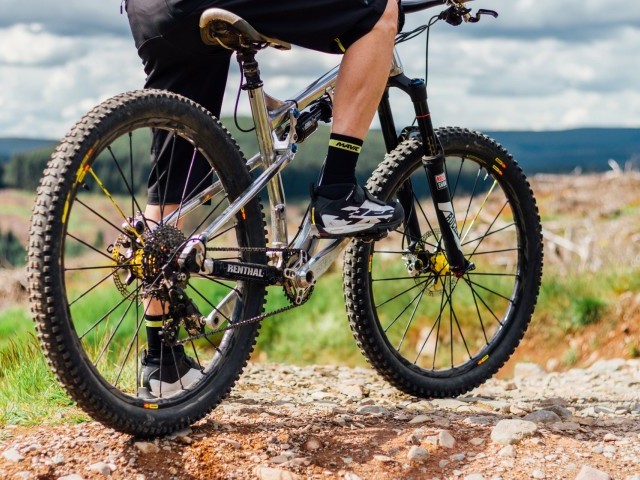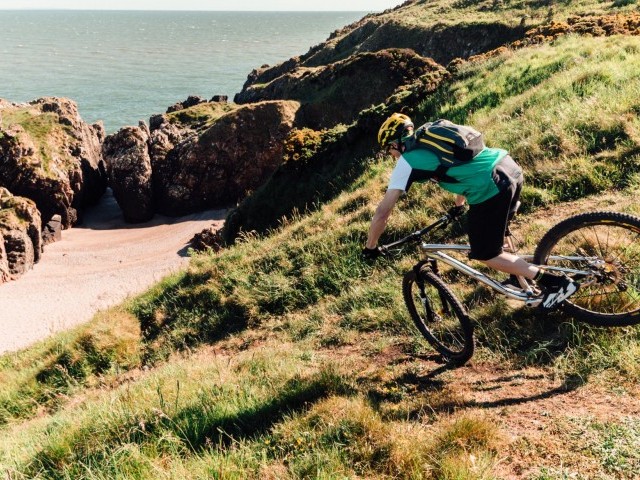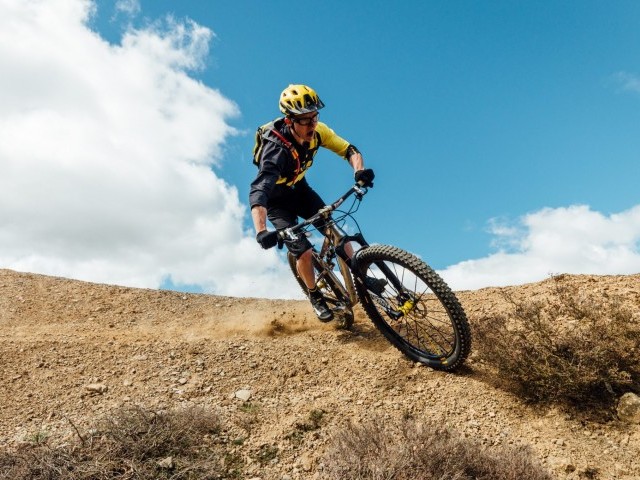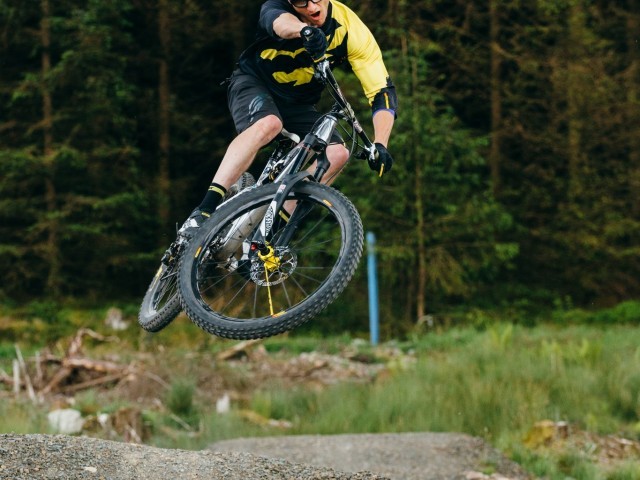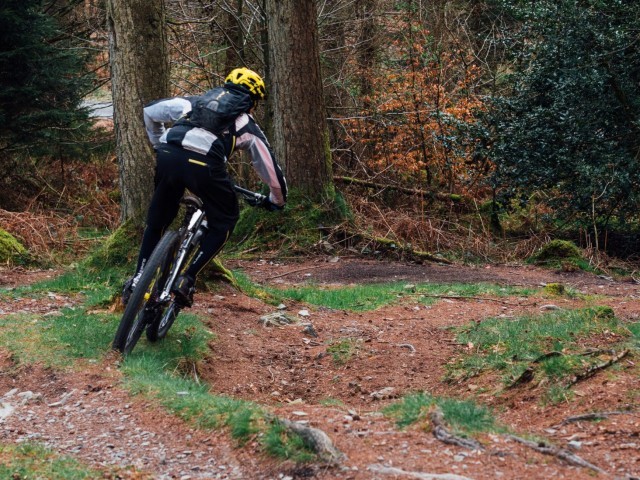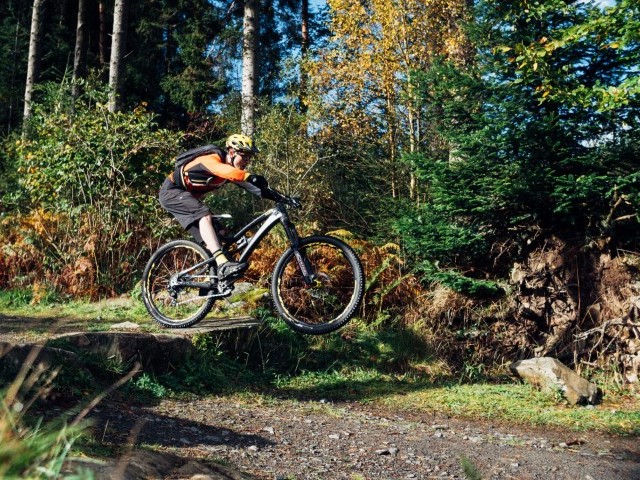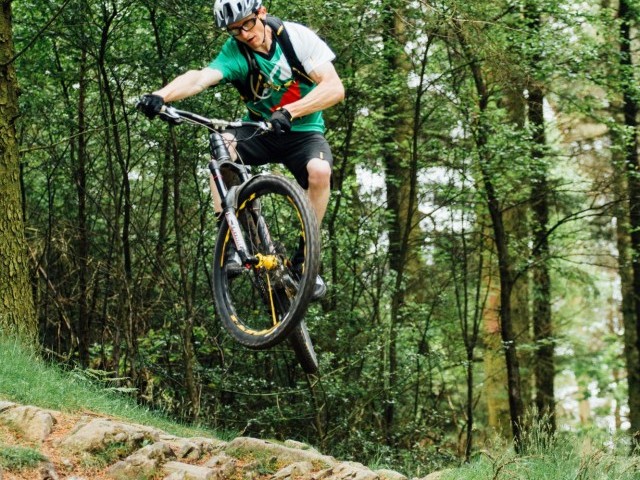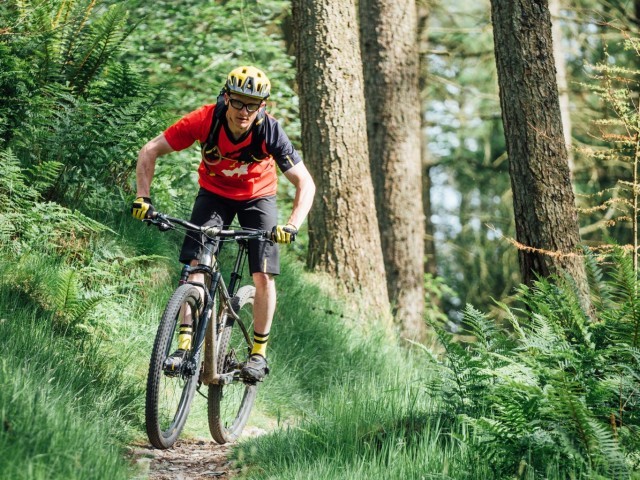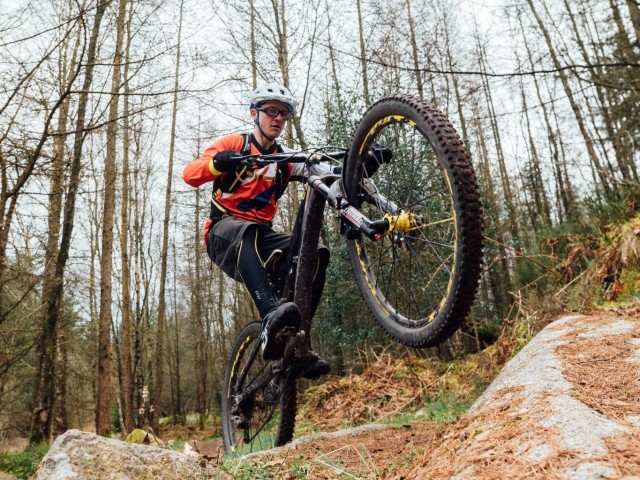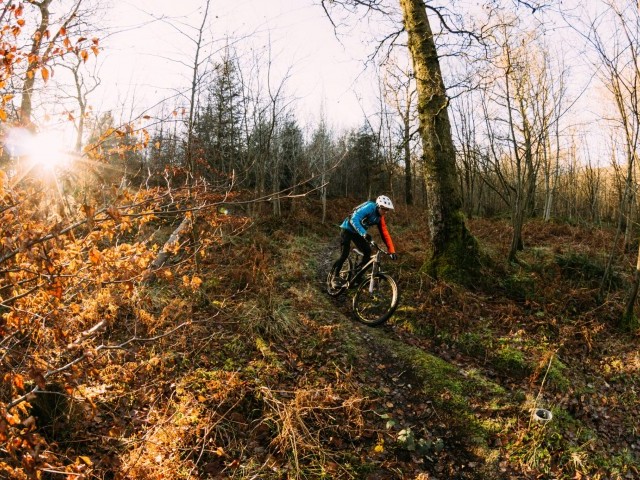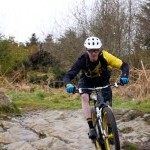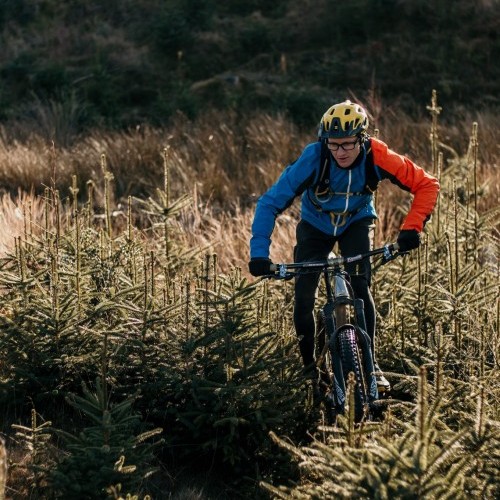
Linking Skill to Link Features
Technique / Skills
Never Break The Chain
Welcome, and welcome back to the regulars and thank you for joining us for another instalment of the "Progression Sessions". This issue we delve into the subject of linking, that is both linking the features in the trail and looking at how we connect our core skills and technique to help keep speed and generate that flow where terra firma wants to rob it from you.
When the terrain is easy-going, there is far less need to be dynamic, and matching bike/body shape to terrain shapes. Still, as we have discussed in the past when things get a bit spicier and the terrain becomes more intense, we really need to deploy our core skills and start to match our shapes to suit the shapes in the terrain, and for the speed we are travelling. We move more dynamically to get the bike moving, carefully picking our battles between unweighting and eliminating or just bludgeoning our way through a section. Even with gravity on our side, the latter technique of brawn over brains will be detrimental on our energy reserves, by riding smart we can get some cash back for our expenditure, gaining free speed from the trail saving energy in the process. If the terrain and trail are more in the 'down country' category, then it is equally important (if not more so) to be energy efficient and not waste our breakfast on banging into everything.
The basis of this free flow methodology comes from having dialled those core skills so you can make the bike dance along the trail, it helps but is by no means essential to perform the core skills to a scale where you can take awards and wow subscribers to your YouTube channel. No one has to manual for an age or hop to new heights to make it through technically challenging terrain with added mo and increased flow, so don't be put off by the experts' exploits. That said, where you cannot fall short of the mark is with consistency, and that includes accuracy. The small measures and manoeuvres are markers that split the proficient from the pretenders.
That proficiency and consistency comes from repetition, adaptation, and physiology to match. Fast-twitch muscle fibres, suppleness and strength. Riders need aerobic fitness and strength/endurance fitness to maintain pace in long sections of technically challenging terrain, even if 100% downhill these rules still apply. Many recreational riders will fall short of the mark when it comes to these attributes and big 'on bike' improvements can be made by some 'off bike' cross-training. For us here in the Northern Hemisphere right now that is very relevant as our daylight and weather limitations of deepest darkest winter will put pay to some of that on bike play that those summer days offer.
If you are stuck for ideas of what you can do to stay fit or improve fitness then some search engine action can help move you in the right direction, I'll let you into what I get up to in more detail next issue. Core strength training using free weights, medicine balls, yoga balls and devices such as the TRX can all be done in the home, trips to a gym or climbing facility can further motivate and elevate performance. Aerobic workouts that can be done at or from home include jogging, there is also my old nemesis the turbo trainer, modern smart turbos with subscription packages enable you to race online against others to help alleviate the mind-numbing boredom of riding a bike nowhere. If you are more of a social animal, then you can go to spin classes for your aerobic fix.
Out on the trail, it is a good time of year to work on tricky passages as they present new challenges, wet, icy, leaf-covered and soft squidgy surfaces mean we have to be more diligent and even more precise. Speeds may come down, and line choices may vary given the conditions, all good practice, and for those of us enduring winter all good ways to keep warm. Slippery trail conditions mean more work from the core, more micro-adjustments being made and as a consequence more of a workout. I personally tend to mix the rides between 'wrap up warm and truck out the miles' using smooth tracks and trails to those days where it's all about short steep punchy climbs and slow speed picky descents.
The core skills of pressure control - weighting and unweighting wheels, manuals, wheelies, rear-wheel lifts and bunny hops will help eliminate those slips and slides, often when it's techy, we have to link these independent skills in quick succession to avoid the stall and or the slip n slide. Power delivery has to be fine-tuned and adjusted continuously while cadence is adapted to suit the traction levels available, remember that pushing a slightly bigger gear will give you that all-important torque required to get that rear wheel gripped up. There is, however, a balance to be had between pushing too larger gear, thus grinding along and using too smaller ratio and spinning like the clappers.
If you are still brushing up on those core skills then it's a good idea to start linking them in easy terrain (you could be adding this to your 'alternative' training list), try exiting a corner and pulling a small wheelie into the next corner, pull a manual on the exit. Exit corner - hop - enter next corner - wheelie to link to another corner. By putting all the random combinations together, you will feel what works well and what combo's are harder to put together, all the time developing key muscles and muscle memory.
From putting wheel lifting skills in between corners, you could find (or fabricate) a small drop-off which can also work as an up-step shape. Roll the drop then wheelie, roll the drop then manual, roll the drop small manual then rear wheel lift, roll the drop then hop. Repeat in reverse as you manual the front wheel up onto the step then deploy a rear-wheel lift to get the back end up, immediately follow by pulling a wheelie / manual / hop. Speed up the skill deployment, so there is minimal lag time between them, you will start to find that the pressure in-out and body positions enable you to overlap the core skills and associated shape making.
For those of you that are already proficient with the shape making but still battling with technical sections take time to evaluate your performance after each effort/attempt. Usually, you can unstitch the scenario and calculate what went well and what went not so well. Ask yourself or an onlooker (if you are practising with friends), did I keep my eyes up through the section? Often not cleaning something has a lot to do with vision, maybe you are not carrying enough speed or perhaps just a bit too much momentum which does not give you time to react and pull that next skill.
The answers will always take us back to the essential elements - Vision - Speed Control - Body Position and that includes Footwork. Next up it could have been line choice that made you mess up, this links to the vision and 'where you look you go'. A slide or a stall would be speed control and maybe your weight bias being off. Clipping pedals/crankset is obviously an issue with that Footwork which may have arisen from gear selection, stalling in a climb could be the result of not carrying enough speed into it and or selecting the right gear at the right time. When you can pick your riding apart like this you are in a better position to iron out the mistake, pro racers are doing this, and there is no reason why you can't adopt a diluted version of their approach to performance. For me, this is just another link in the chain of making the most out of your trail time. I appreciate this may not be for everyone, but if you have kept with me this far then read on….
So beyond wheel stopping features where lifting wheels up onto and over are the solution what other trail features need linking? At the easier end of the spectrum, we have sequences of corners, connecting corners relies heavily on all four elements, looking up and through the turns, setting speed, moving into the front centre of the bike to get that front end to grip as you turn in, then moving the bike through below you mid-turn (or at the point you really want to make it change direction) becoming more rear weight bias driving the legs down and out of the torso to steer from the rear as you slash the turn and exit. It's on the point of exiting that you now need to catch the bike back up pulling the bar towards you thus decelerating the bike so as to be front weight bias again into the next corner. Just repeat the steps as you link turn after turn.
With corners getting slashed to pieces we can take another example of linking features, how about steps in a climb? Depending on their height and the distance between them steps can be ridden by pulling a small wheelie followed by an unweighting or the rear wheel, immediately after or almost at the same time as that rear wheel gets up on the step we need to pop another wheelie. This is where learning to pop wheelies kicking off with either foot leading can really come into its own. Another classic linking scenario is the infamous Scottish trail exit that passes through a deep ditch at the edge of a forest road. Here we roll in down a steep chute with good brake balance and control, just as the front wheel is about to contact the upslope on the far side of the ditch we need to unweight that front wheel. The bars get lifted up towards the chest, and the legs extend as the rear wheel now starts to bottom out in the ditch. It is at this point that many fail, they keep pulling the bar up or remain static in the one position instead of driving the bar forwards away from the torso while lifting the feet up towards your core. This shape is the exact same as that snap in the midpoint of a bunny hop. Any deep trough, gully or ditch requires this same series of shape making, you may find something near to you where you can practice this before hitting the trails.
Drops in the trail where there is also a corner can be problematic, braking technique is one element that can make the difference and fine-tuning this skill will pay dividends in the steep stuff. Slight adaptations to where we brake and how much we brake can enable us to stay loose and roll through the rough bits gripped up. Remember to brake on the good ground, the smoother ground where less or no steering is involved, and there are fewer bumps, with the speed scrubbed here we can then be 'off the brakes' enabling the limbs to remain relaxed as we roll through the rougher stuff, in this scenario the drop mid-turn in the trail.
There are two key points to braking, braking is about control, and that comes in the form of controlling our speed to stay on the trail by literally not going too fast and overshooting stuff. The other control part is related to grip levels, and this is when NOT braking has to be considered. It is key to embed this in our minds, braking is not just an 'on' thing, there is also time spent 'off the brakes'. Learning to trust the speed pick up through drops and in steeper rougher terrain is not easy, it is a natural reaction to want to slow the bike and maintain speed. Unfortunately, this reaction will work against you. Unstitch the situation, and you will often see that the reason why there is a tendency to keep on the brakes in the rough stuff is because we have carried too much speed into the section. By coming in that bit slower and doing the deceleration in the better ground we can then be off the brakes, tyres bite in, we can steer, and limbs are loose to further absorb the bumps and hits.
All said and done the key to continued improvement in your riding is practice, patience and persistence. Remember to mix your riding up from those 'make the fitness' rides to more intense shorter rides where we develop speed and in addition, rides where the focus is on skills and technique. Well, that brings us to the close of another year, have yourselves a fantastic time over the holidays, get plenty of trail time, and we will be back in the new year as we keep progressing the sessions. All the best from myself, Dan, the cameraman and the team at IMB.
This technique article was in Issue 62 of IMB.
Related
By Clive Forth
Clive Forth is a rider who has been there, done that, got the t-shirt and cleaned his bike with it. He has grown with the UK scene and technological developments for the last 30 years and has competed at all levels in all disciplines riding for some prestigious brands along the way. Always looking for that extra edge with endless passion and drive he is geared up to bring you the inside line on all aspects of mountain biking skills and technique.




